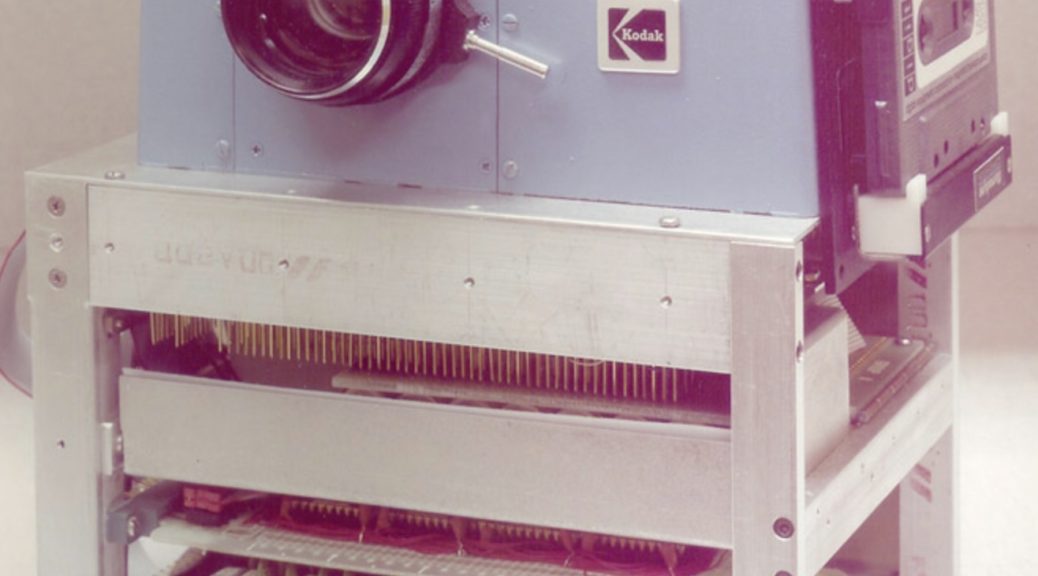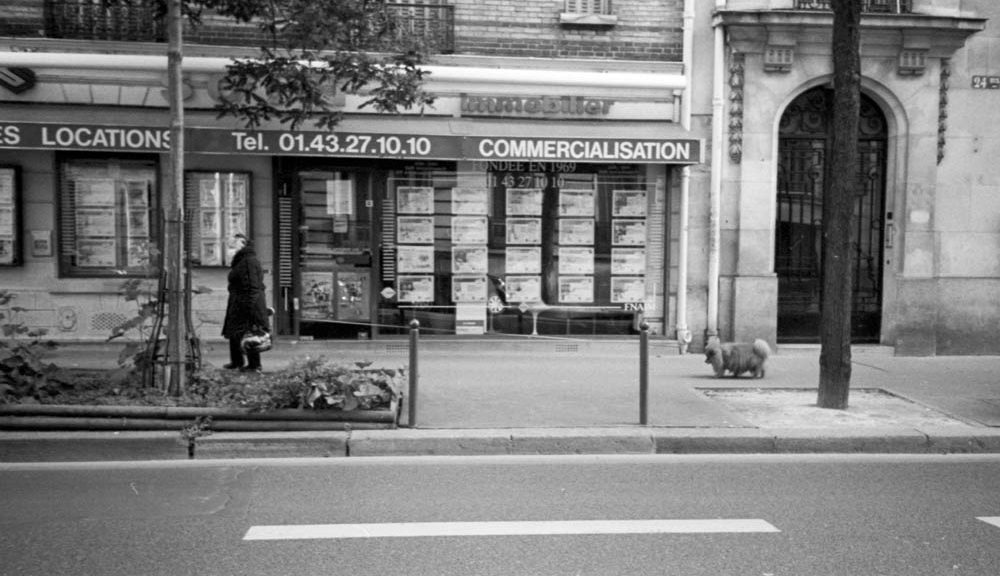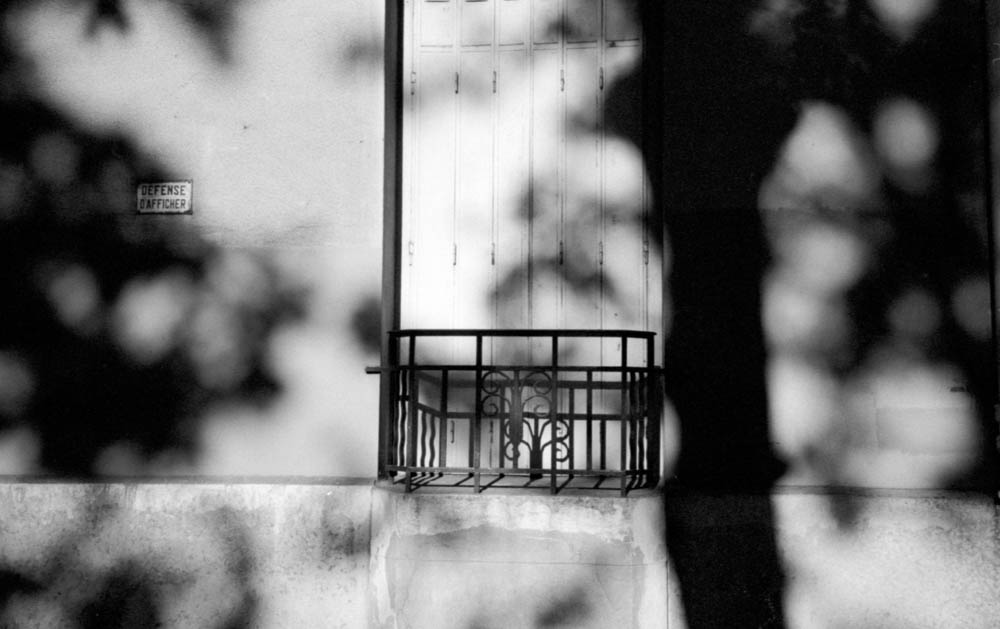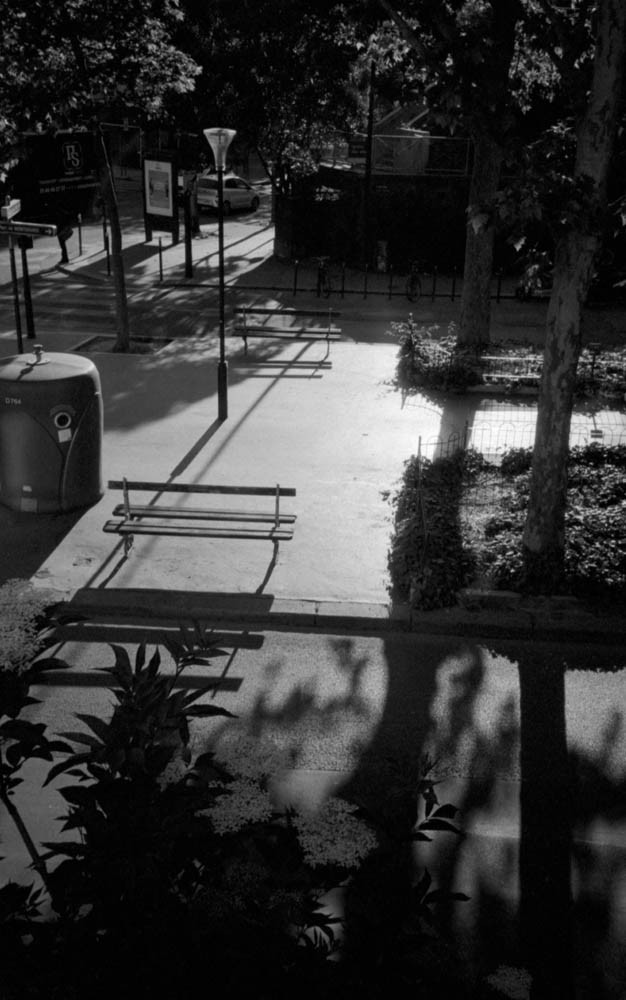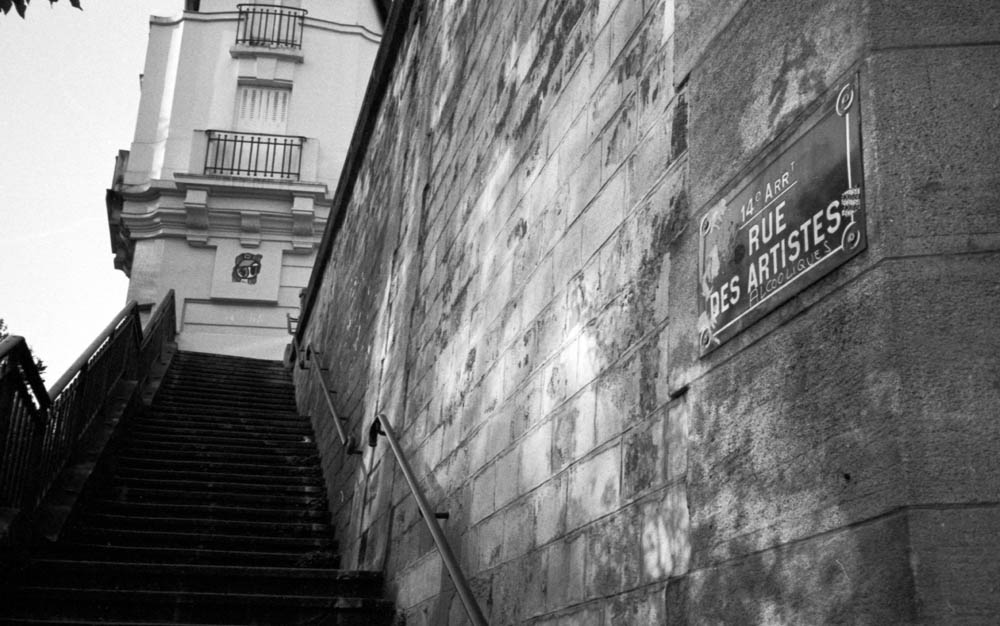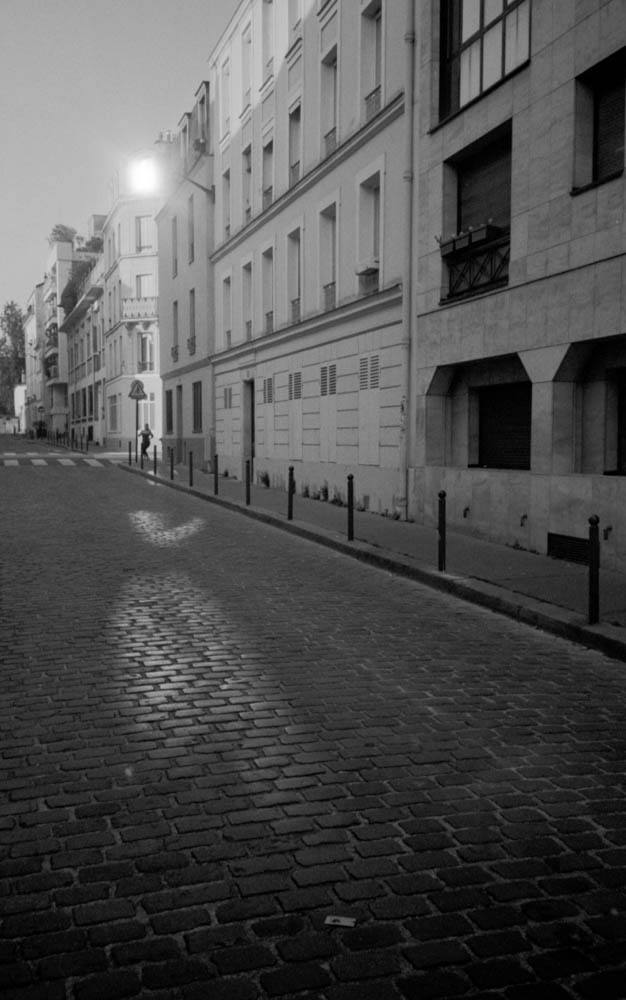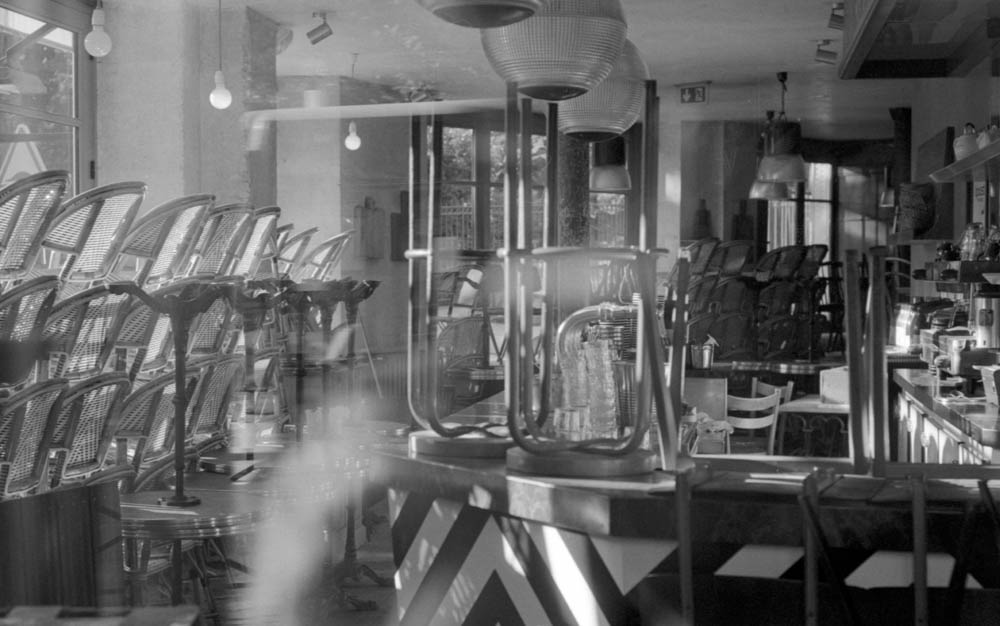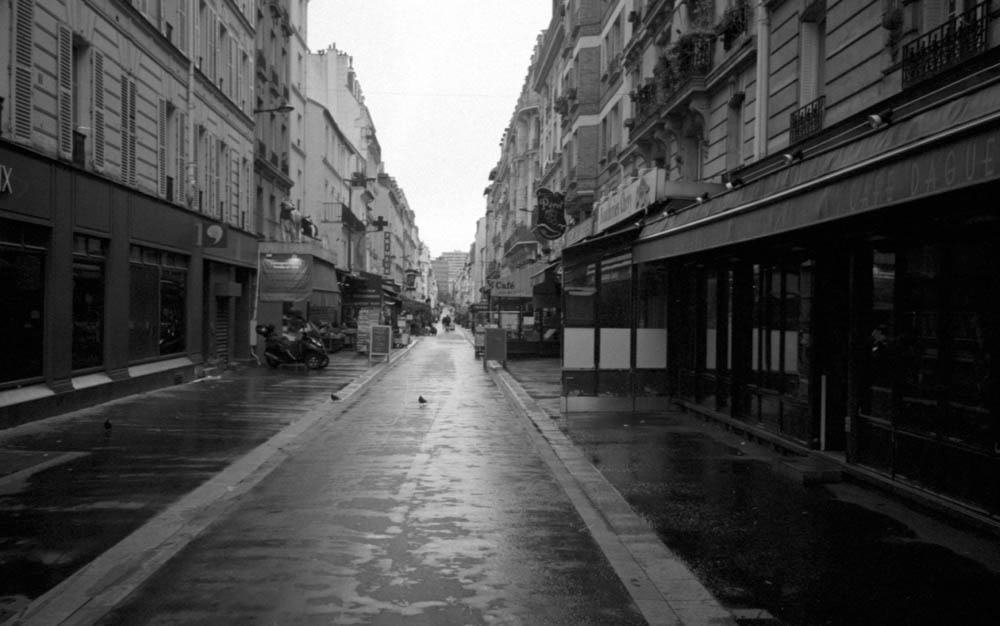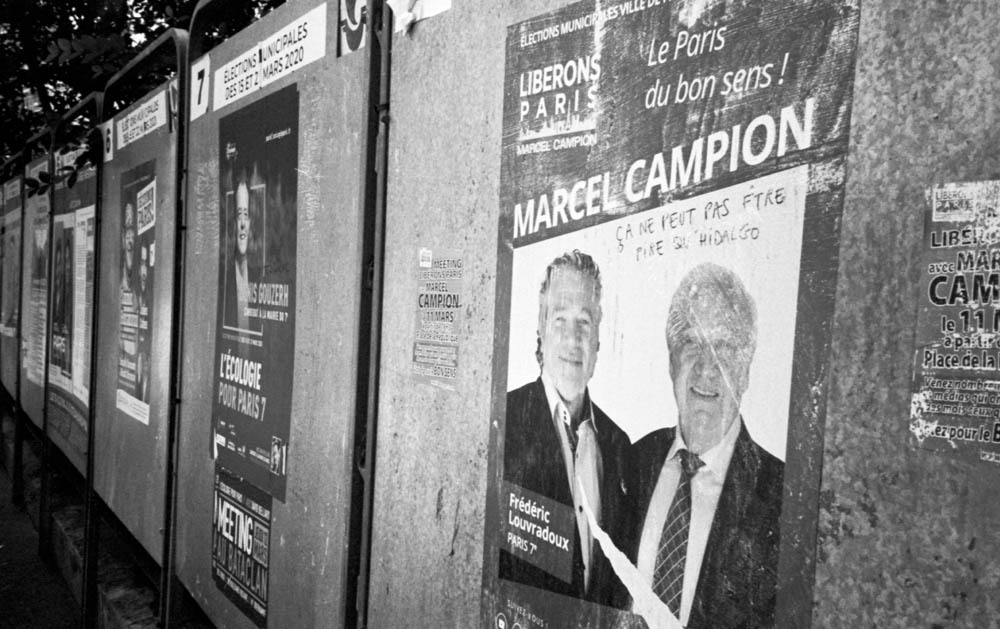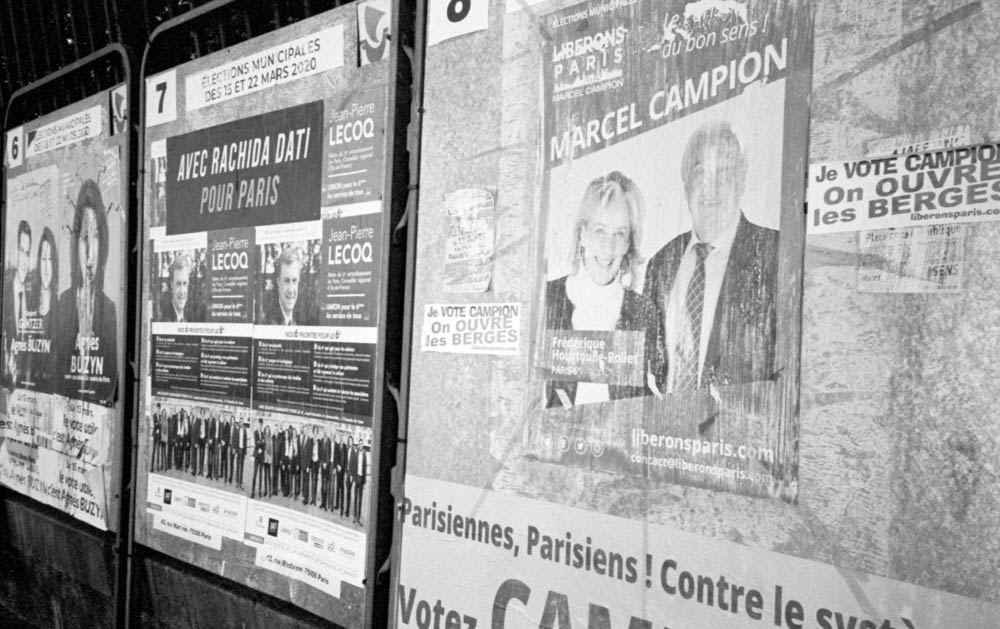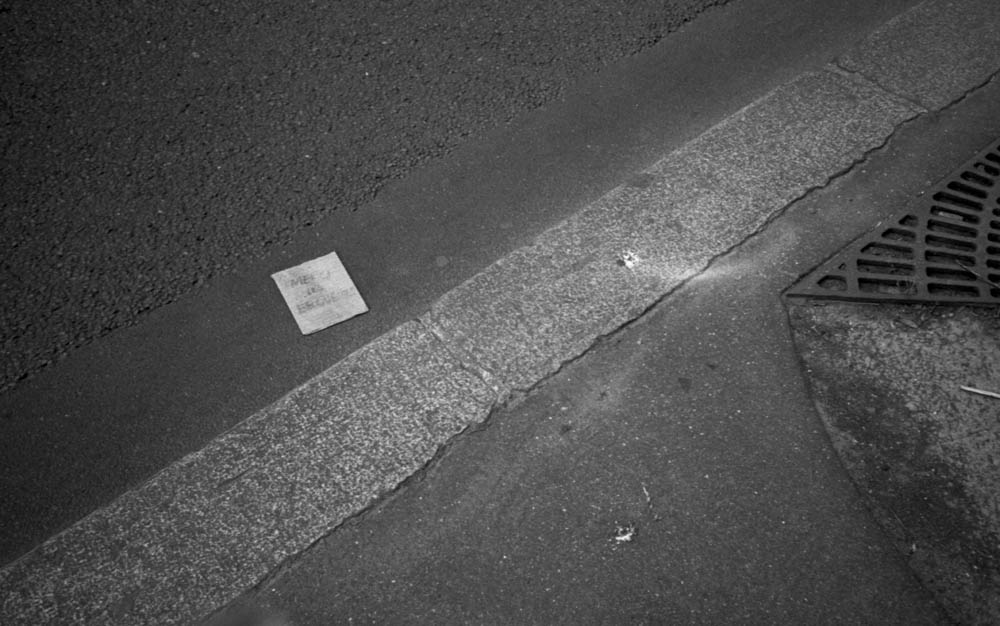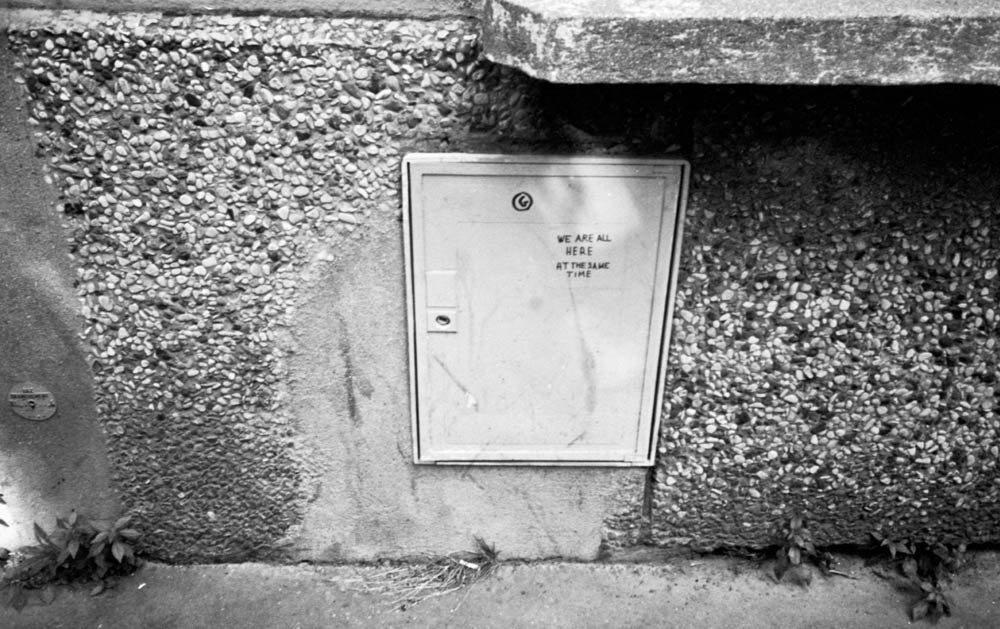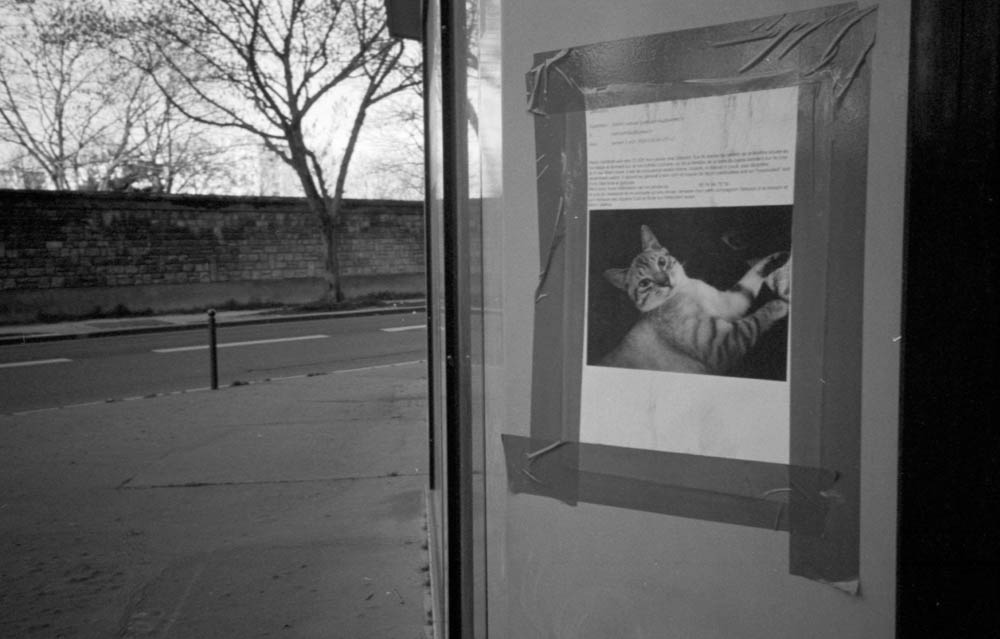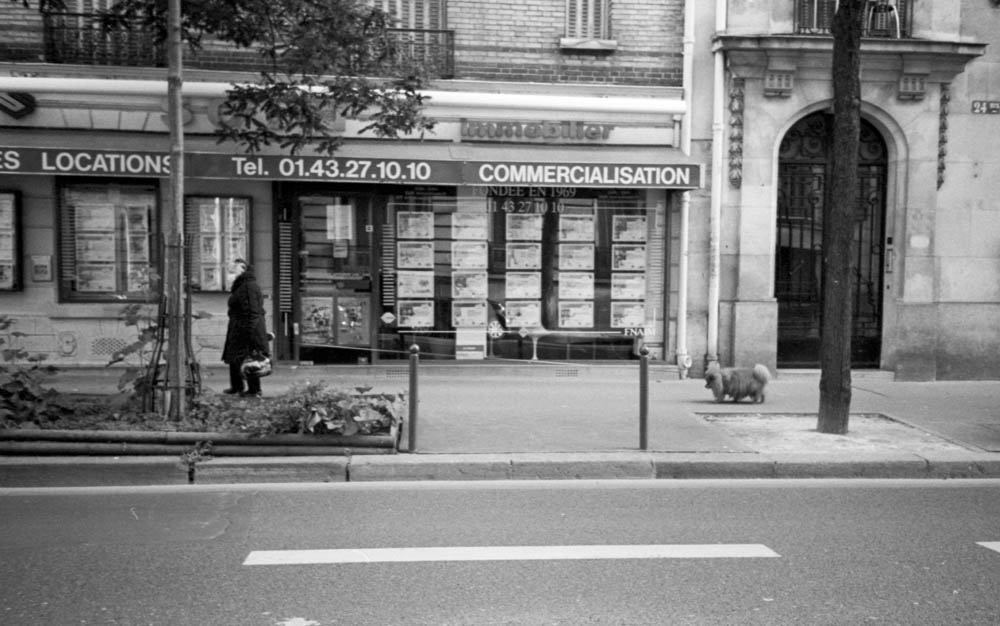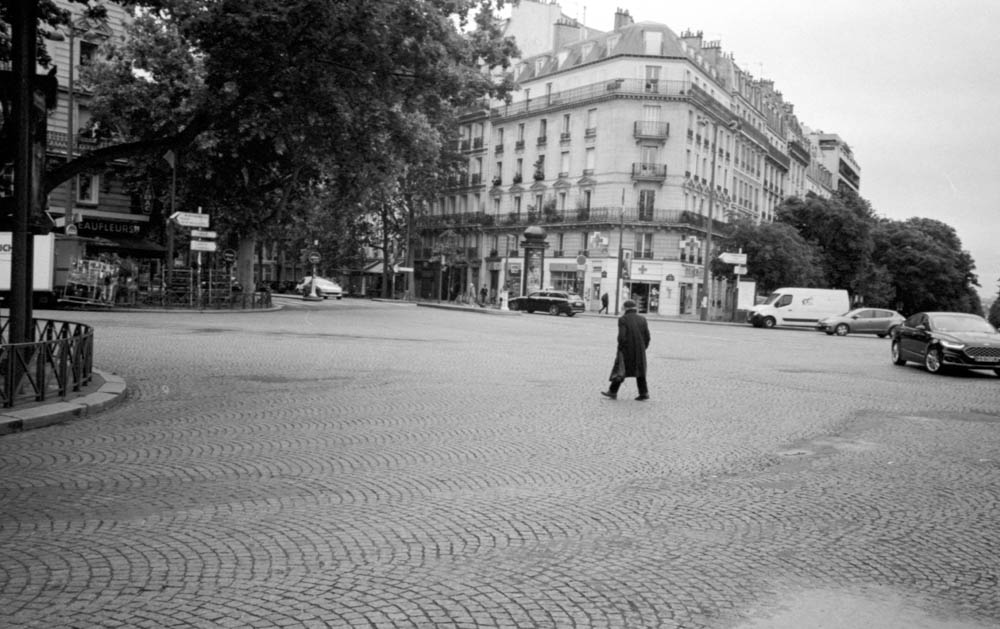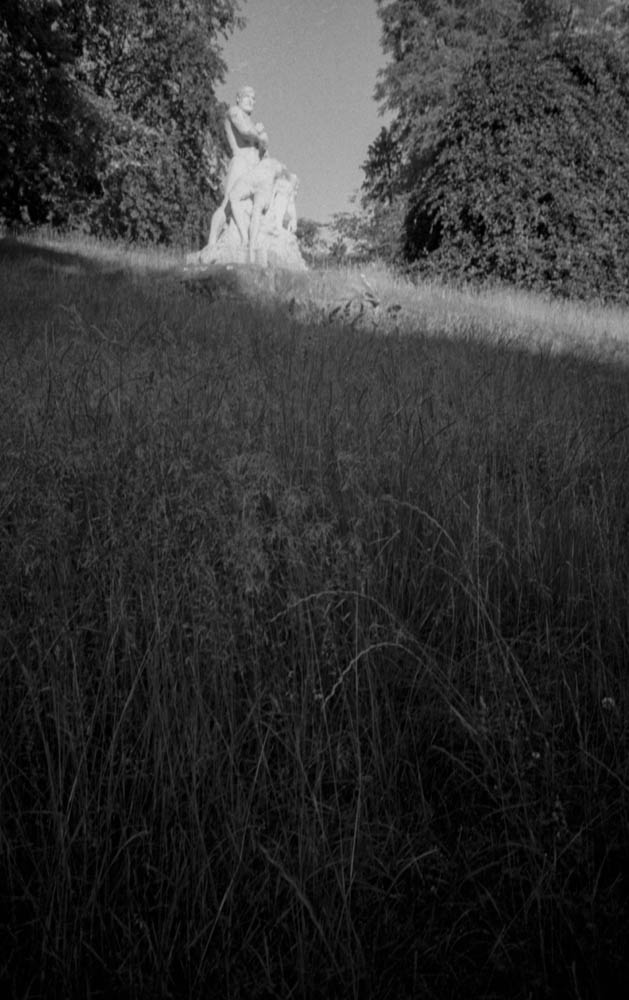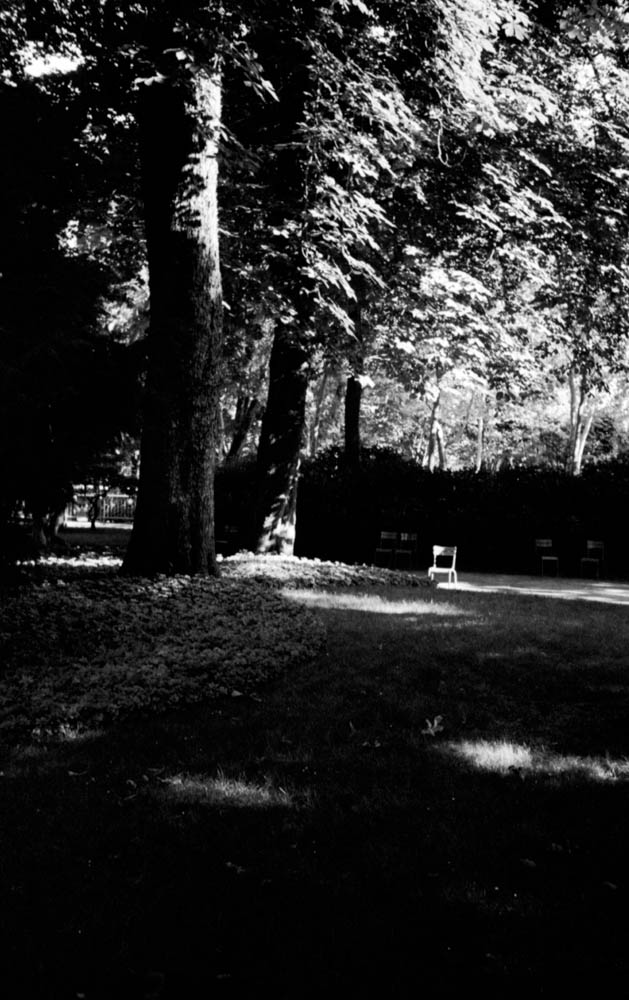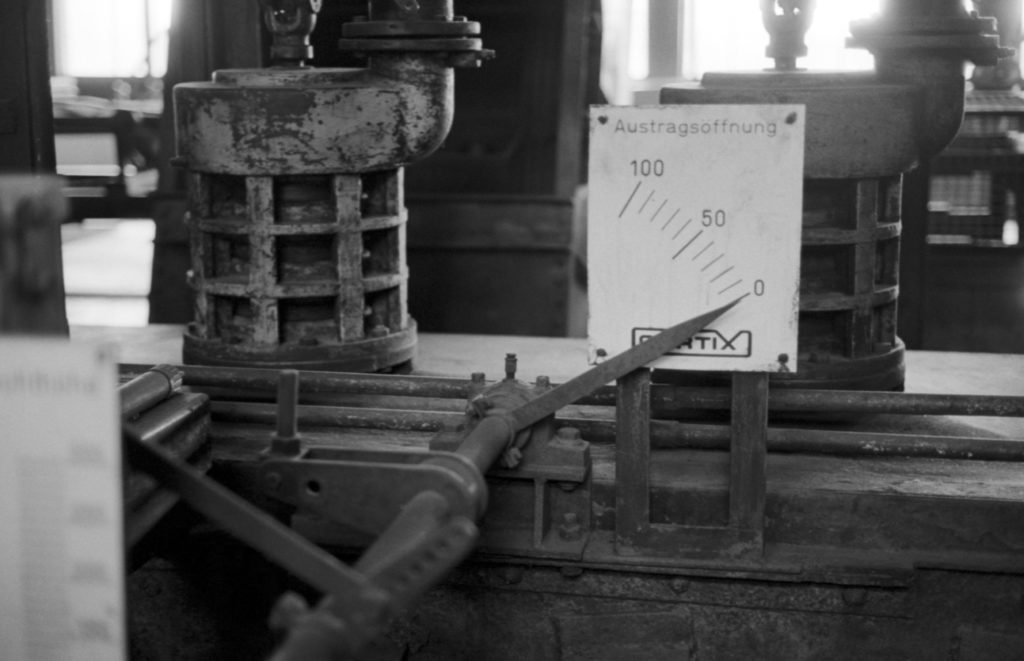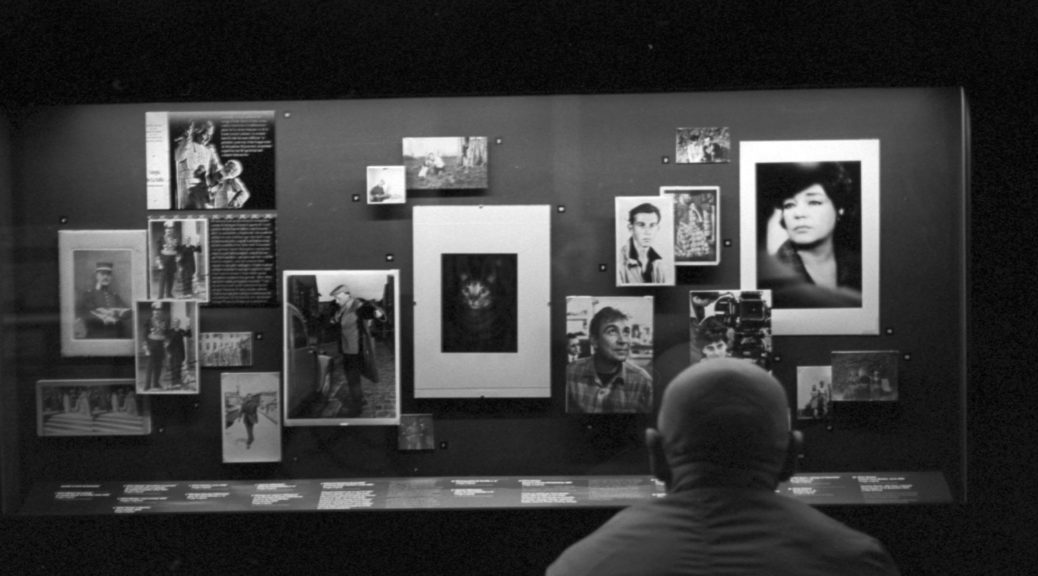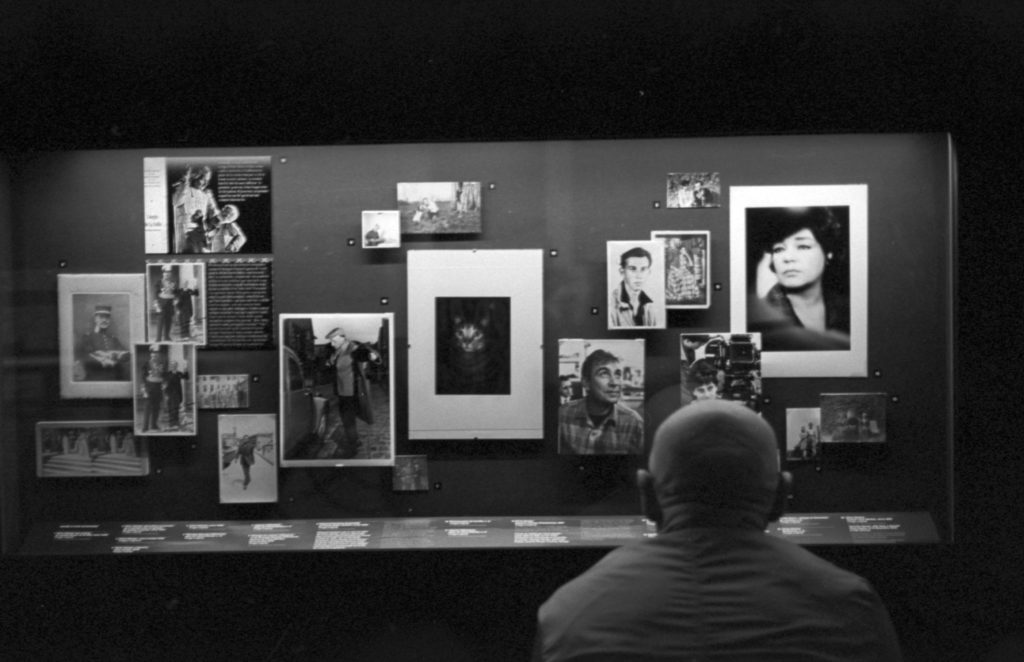Science and photography
Measuring the Universe
Sometime near the next year or two, hopefully, the Euclid satellite will launch. On-board will be the largest camera ever made for a space mission (although who knows what the spooks and generals have). The entire Euclid optical system has been constructed to produce the most stable, precise and clearest image of the deep Universe: above the murky soup of Earth’s atmosphere image quality is only limited by telescope optics. After launch, Euclid will travel to the solar system’s prime observing spot, a distant place a million and a half kilometres from the Earth. There, the angle of the sunlight falling on Euclid‘s solar panels will be carefully controlled so that the telescope does not expand or contract from the heat of the sun’s rays and therefore, very slightly, defocus the telescope.
But what will Euclid do? At the end of the mission, we will have images covering almost the entire sky not obscured by our galaxy’s clouds of gas and stars. The entire pristine sky right out into the Universe. In those images, there will be a billion faint and distant galaxies. Thanks to the finite speed of light and the fantastic distances of those galaxies, we’ll see them as they were six billion years ago, when the Universe was only half it’s current age.
Between us those galaxies there is the Universe’s invisible scaffolding, a dense web of unknown material — we are calling it Dark Matter for now — which bends light every so slightly. By the time this light reaches Euclid‘s sensitive detectors it will be, ever so slightly, distorted. On an individual galaxy this effect is impossible to see: but averaged over the billions of objects that Euclid will observe, it will provide the most sensitive measurement of how much of this Dark Matter that there was in the second half of the Universe’s lifetime. Coupled with Euclid‘s other instrument, a precise distance-measuring tool, astronomer’s hope to gain some insight into the nature of the force — if it is a force — which is causing the Universes’ expansion to accelerate. To make a new measurement of the geometry of the Universe. Hence the name, Euclid. Worth, indeed, the billion-euro price tag.
But let’s go back. When Lois Daguerre searched for support for the new photographic techniques that he had developed based on the work of Nicéphore Niépce, the astronomer Francois Arago quickly realized the immense potential photography could have for astronomy. Arago arranged for Daguerre’s pension and that the methods he perfected would be made freely available to everyone. For the first time, a permanent, objective record could be made of objects in the night sky. Anyone could analyse the images: never again would a scientific advance be based on a sketch of what someone thought they saw through the eyepiece of a telescope in the dead of night. And before long, the measurement of those images could be handed off to machines, although in those early days maps of the night sky were made by laboriously counting galaxies and stars by hand on thousands of photographic plates.
In the early 1970s, scientists developed the first light-sensitive electronic array detectors, the charge-coupled device (CCDs). In 1976, Janesick and Smith took the first images of astronomical objects with these new highly sensitive instruments. Astronomers were quick to realize the immense potential of CCDs. They were miraculous devices. In astronomy, the most important aspect of a telescope is its light-gathering power — how big the mirror is. The incredible sensitivity of CCDs meant that swapping photographic plates for CCDs meant suddenly that a 2-metre telescope could see objects only accessible to a much-larger 4m-class scope. It was miraculous.
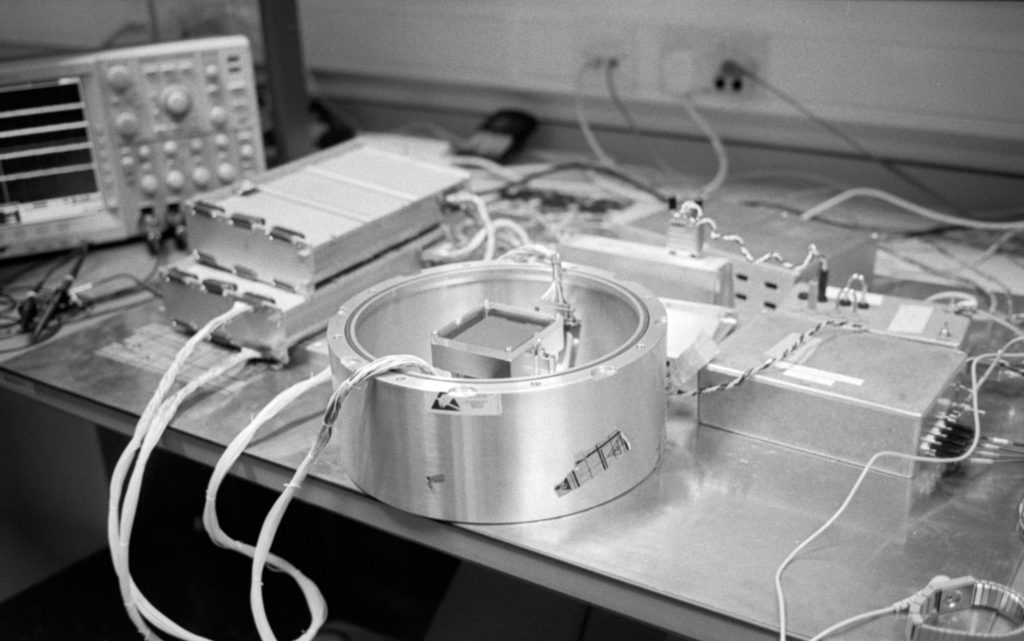
The transition from film to digital for consumer cameras was slower. One year before a CCD camera was first attached to a telescope, Steven Sasson, an engineer at Kodak famously demonstrated the first digital camera to an assembled room of Kodak managers. They didn’t immediately understand why anyone would want to look at an image on a TV screen, but they nevertheless quickly realized the great threat this technology posed to Kodak’s future. Although they allowed Sassoon to continue to work on digital cameras, the orders were to keep them under wraps: they wouldn’t change their minds until it was too late and other companies had successfully brought digital cameras to market. Today, the market for film is one percent of what it was at its peak.
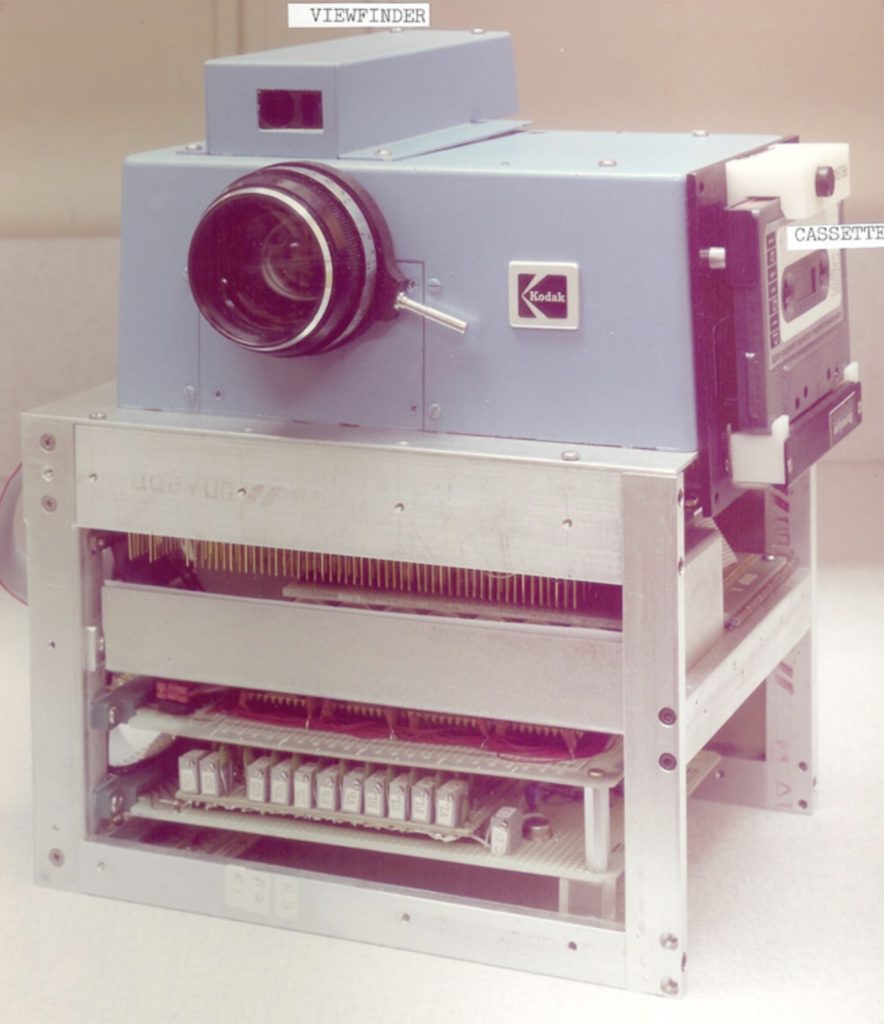
The wave of pixels overwhelmed film cameras in the early 2000s, but even by the early 1990s film photography had almost disappeared from professional astronomy. Emulsions could hold their own against pixels only for huge large images covering large parts of the sky. My Masters’ thesis, a survey of the distant Universe, in fact, relied on data from wide-field photographic plates. But by the turn of the millennium, cameras comprising several detectors joined together became available and the last place where photographic plates were useful in astronomy disappeared. Today, the whole sky has been imaged electronically, and Euclid will provide a revolutionary high-resolution view of the Universe covering most of the sky. This will certainly lead to discoveries not imagined by the telescope planners. No professional astronomer could imagine pointing a photographic plate at the sky and thereby throwing away three-quarters of the photons that crossed half the Universe to get to that photographic plate.
But meanwhile, a strange thing happened. Film photography has refused to die. Sales of film have ceased to decline and companies are working hard to find the right scale at which to produce and sell film. Prices of used film cameras, from disposable point-and-shoot cameras to Leica rangefinders, are steadily increasing. Today, even the pixel-peeping pages of Digital Photography Review runs features about film photography.
Other than the pixels
I have always been interested in photography from when I first took an accidental picture of my own thumb with my parent’s SLR in the 1970s. But in 2015 I felt that I was spending too much time to make images from my digital cameras into something that I felt had some connection to. They seemed plastic and too perfect. I bought a small Olympus XA and then only a month or so after that a used Leica M6TTL at one of the shops on the rue Beaumarchais. Another friend, a professional photographer, very generously gave me his Leica M6 a few years later. He advised me to buy a digital camera if I ever wanted to spend any real money, that would be much better value for money. Today, I am still shooting almost constantly with both cameras.
At the same time, I started to develop film at home, in the kitchen. Since I started I must have tried almost every combination of film and developer. What is wonderful is how each combination can be so different from the others. In the end, a bottle of Rodinal and one of HC110 is good enough for almost anything. Looking at the binders on the shelves here, I see have shot now about 750 rolls of film. Most of them in the streets here in Paris, a difficult thing to do as the city has been photographed so much. After a year since I started, I discovered that there was a darkroom where I work, and I managed to salvage it in the nick of time: I heard later that there were plans afoot to convert it into a storage cabinet. I try to go there at least once or twice a month, or more, to see what I have shot really looks like, because of course looking at an image on a screen is not looking at an image.
I have written about all of this before. I had imagined, back then, when I was starting out, that I would learn what there was to learn about film photography and then switch back to digital: after all film is anachronistic, right?
Two years ago, just as we were coming out of the first wave of the pandemic, I found myself on a certain online auction site looking at cameras. Six months or so without travelling and with the city shut down meant that I felt a little flush with cash. There were one or two cameras out there that I was still a little curious about and which had not been affected by the recent explosive price increases. So I actually bought a digital camera, a Fujifilm XPro-1, and, a week later, a ”’Barnack” Leica, the iiiF, together with a Summitar lens. Average age of both objects: 70 years. Fully functional.
Much has been written about these two cameras on the internet, hundreds of blog articles, there is nothing that I could add here. The XPro-1 is an interesting camera, a simulation of a rangefinder, you can set the shutter speed on a big dial and using one of my Leica-M lenses, the aperture. It can produce instantly crisp images in smooth black-and-white tones. It allows, more or less, taking pictures of the world in a film-photography way (as I explained here). But there is no possible link between that digital image and the darkroom. You take a picture with that camera and it vanishes. It’s dead. What now? I ask myself each time I click the shutter. Despite liking it, I have only taken it out of the house three or four times since I bought it. I am sure it will be useful some time when I have to take pictures in the dead of night to send them around the world minutes later …
But the iiif, now that is an interesting camera. Small and compact. That was from an age when people only put enough in glass in a lens to take a good picture with it printed at normal size, not like today, where lenses are mostly optimised for test charts. When you press the shutter, half of the knobs on the top panel turn instantly, and once again it must be wound forward for the next picture. It certainly cannot be operated with one hand. When I was taking pictures with my Leica M6, someone exclaimed to me ‘That is an old camera!’, to which I replied, showing them the iiif: ‘no, that is an old camera!’. Loading the film requires care, but one quickly learns (I only had problems with one of the forty or so rolls I have shot with it so far).
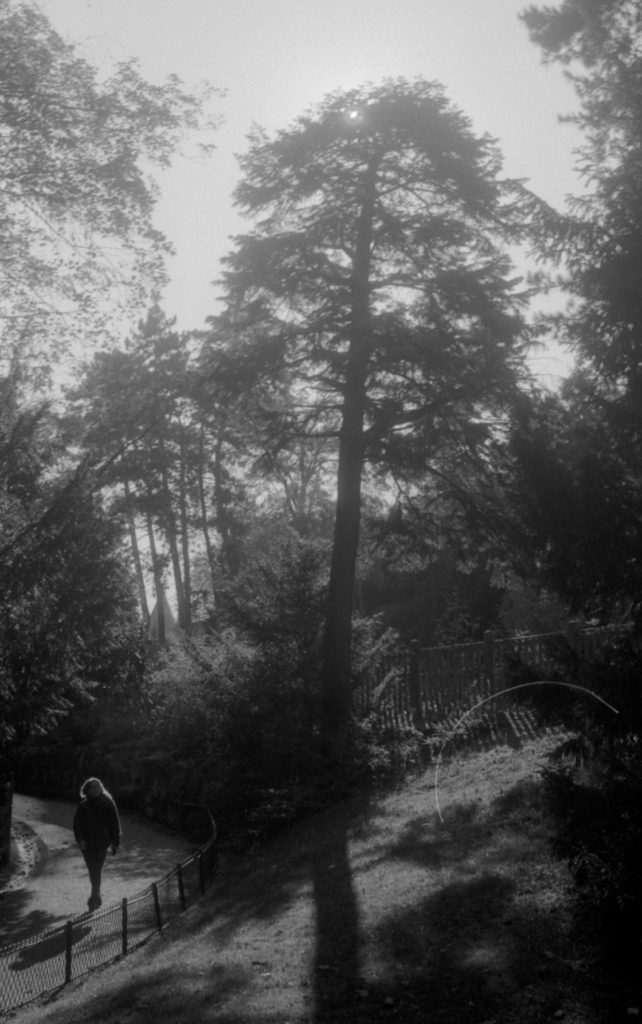
Soon after buying these two cameras, in early November, it was announced again that we were forbidden to venture no further than 1000 meters from our apartments. Restaurants, bars, and museums were closed. But unlike the first lock-down, this time the parks stayed open. Montsouris is only a few hundred metres from here. This park was created at the end of the 19th century on waste ground filled with tailings from the limestone quarries that were once prevalent in this part of Paris. And there were mice, as the name suggests. A hundred-year-old brownfield site. The next few months I would be confined to the apartment but free to visit Montsouris any time I wished. (Provided, of course, that I didn’t have a Zoom meeting at that time because astronomy continues. There are satellites to launch and research to be done). I soon fell into a routine: I would each a small lunch at midday, and then afterwards I would go for a walk in the park and take my iiif with me. Over the next month or two, I would take hundreds of pictures in Montsouris. Although the parks were open, everyone was wearing masks even outside. After the initial strangeness of this, I soon found it was no fun photographing people because you couldn’t smile at them to let them know that you were non-threatening, an essential thing in a city like Paris. So instead I started talking pictures of dogs.
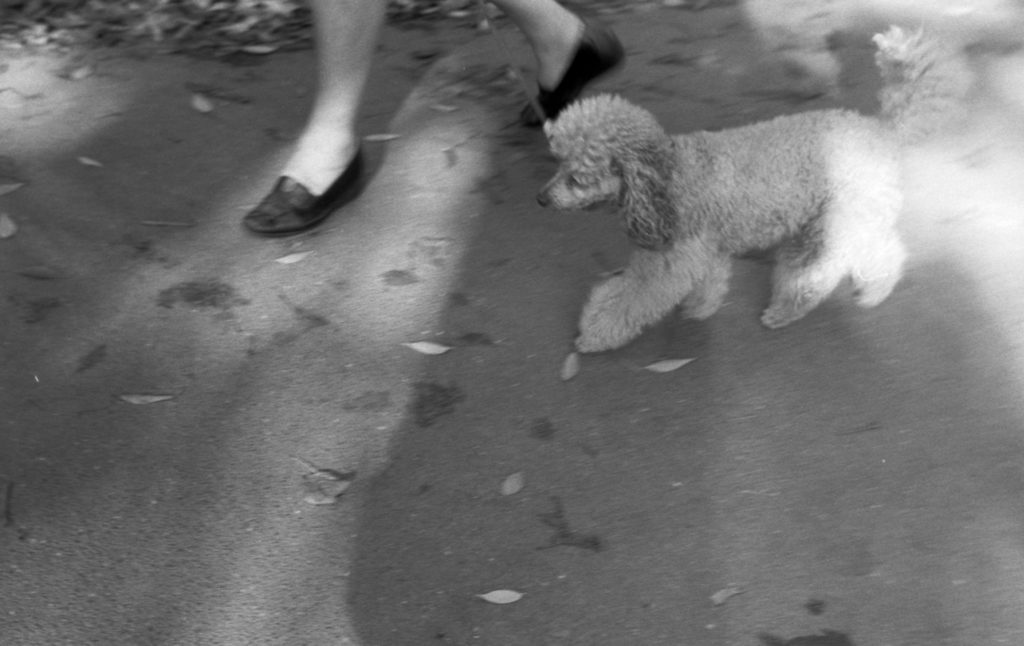
In astronomy, of course, aesthetics don’t matter. The alignment and arrangement of stars and galaxies on a digital image are not important. It doesn’t look any better if you move the telescope a little to the right. The relevant thing is extracting some fundamental quantitative truth about the Universe from that image. At IAP we have computers filled with hundreds of thousands of images of the sky and our objective is to reduce all that data down to a single table, giving for each object in the image its brightness, distance, mass. Then, compare those tables with predictions of different models to learn what the Universe’s underlying secrets are. And prepare for the immense challenge of doing such a thing with Euclid.
A difficult undertaking all this. What is an object in an astronomical image? With thousands of images, you are not going to look for them one after another yourself. You had better have some way of finding them automatically. You had better be sure that the brightness of the pixels on your images correspond to the real brightness of the objects you’re measuring. A hard problem for electronic detectors, a million times harder for photographic plates. In that difficult transition period of the early 1990s, astronomers often worked with scanned photographic plates, in the same way that film photographers today scan their negatives to share them on the internet. But the characteristics of film photography that some people cherish so much today are deadly for scientists. That gentle roll-off you see in the highlights of a film image? That means that if you want to use bright sources to calibrate your images, you can’t directly apply them to faint sources — which is what most of the objects you are interested in are. That lovely grain that is the soul of a photographic image? An annoying source of noise that limits severely how faint we can see.
Like every medium, astronomers were conditioned by photographic plates into expecting a certain kind of reality. When they first imaged massive galaxy clusters with electronic CCD cameras, they were astonished to see many elongated arc-like structures. These were actually images of distant background galaxies which had been magnified by their light passing through concentrations of dark matter inside the cluster. By measuring these distortions, astronomers could compute how much dark matter was inside the clusters. An astonishing result. But those clusters had already been imaged by photographic plates, they’d already seen the arcs. Scientists thought they were simply defects in the emulsion. Nobody expected to see things like this, so they were not looking for them.
So my everyday job is to distil some essence of the Universe captured into digital images. To abstract reality down to numbers which we’ll then try to fit into a conceptual framework telling us how things really are. And we have to hope that we’ve understood every aspect of the instruments we are using to capture that data. We have to hope that there is no profound truth lurking in plain sight because we don’t recognise it or have discarded it. That’s the challenge at least in Euclid, which will try to measure things that are currently well beyond our ability to measure.
Seeing again
But meanwhile we are in lock-down and I am in Montsouris focussing my 70 year-old Summitar lens on that statue I’ve been taking pictures of almost every day for two months. It’s an overcast day in the middle of November. That means the shutter should be set to f4 or f5.6, exposure time of 1/60s I say to myself. A slow speed. After a few weeks of this, guessing the light seems now to be like smelling the air for rain. You have become sensitised to the natural environment. Slow shutter speeds and low depths of field, I say to myself, but that statue is not moving. I don’t have to turn my camera on because it is always on: a purely mechanical object. I don’t even need to change any settings because today the weather is the same as yesterday.
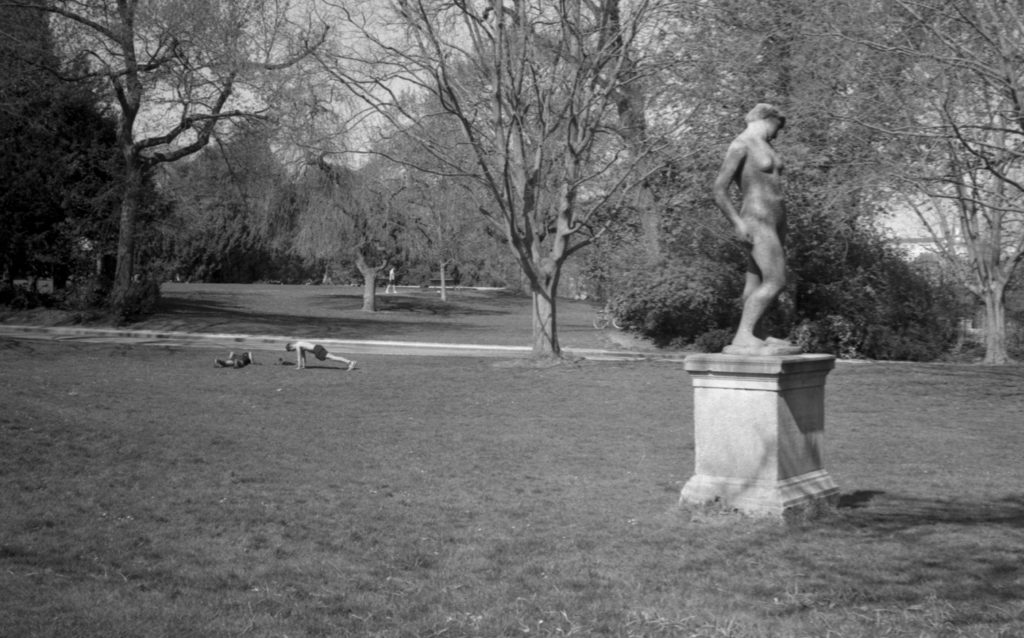
I don’t care about the grain down there on the emulsion, or capturing in colour, or that I can’t check the image afterwards. You don’t need thousands of ISO to take a picture that you are going to print on a sheet of paper no larger than 30×40 centimetres. My modest 100 ISO film was already a high-speed film when this camera was made. There are no distant galaxies on the other side of the lens and there is nothing I will want to measure in the image. In any case I see what the image will look like after I have taken it, I know how Rodinal will reveal the image frozen in the grains of silver.
My finger hovers over the shutter. I just want to capture this particular instant of light and shade in this particular corner of the park. My eye goes from the little round rangefinder window to the reassuring 50 millimetre-view of the world in the finder window. I am not bringing my eyes too close, of course: I have already scratched my glasses a little on the old metal rim of the finder. How many different ways are there to take a photograph of a statue I wonder? I think of the man who sold me my M6 five years ago, who told me specifically that day that he didn’t want to take pictures of statues. But then there was Eugene Atget, right? And later on, Friedlander too. They both found a new way to take pictures of statues. And if not, well, there are still the little dogs in the park, and they are not wearing masks. Click.
